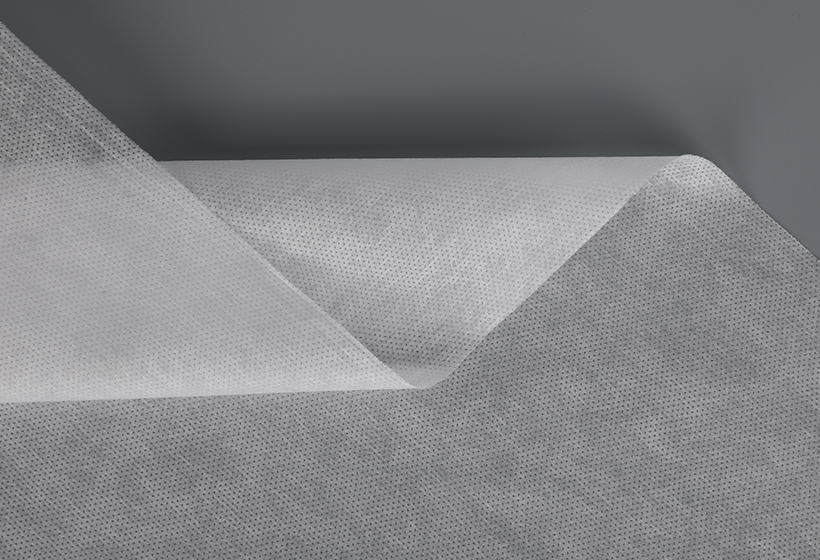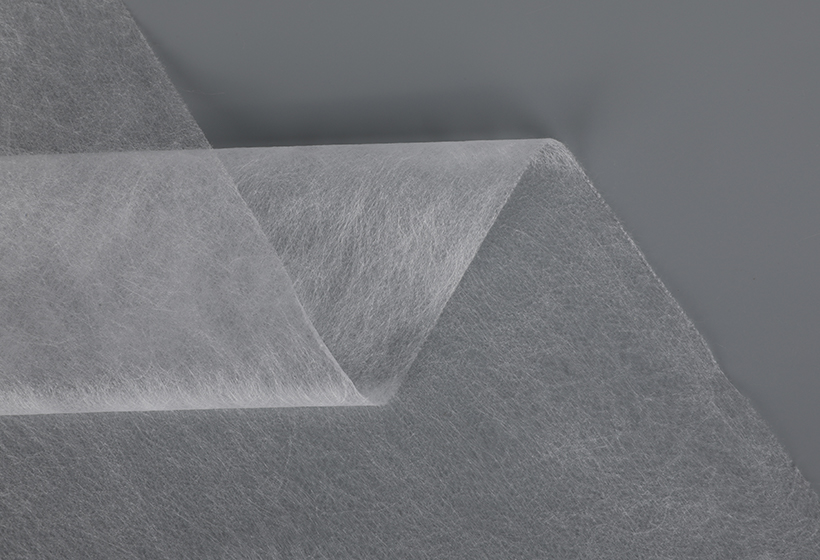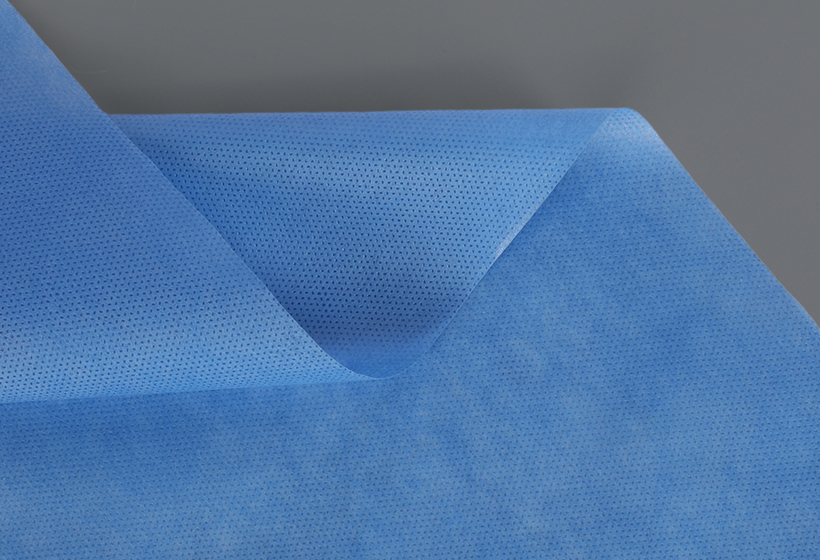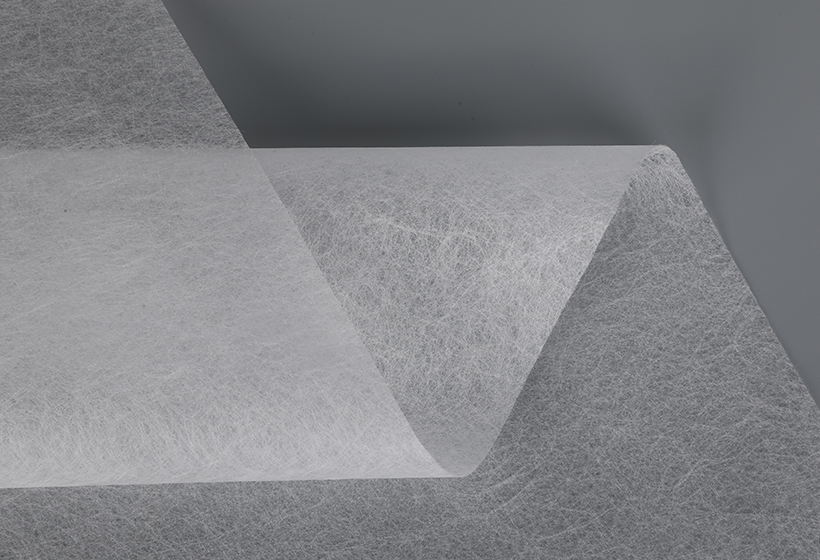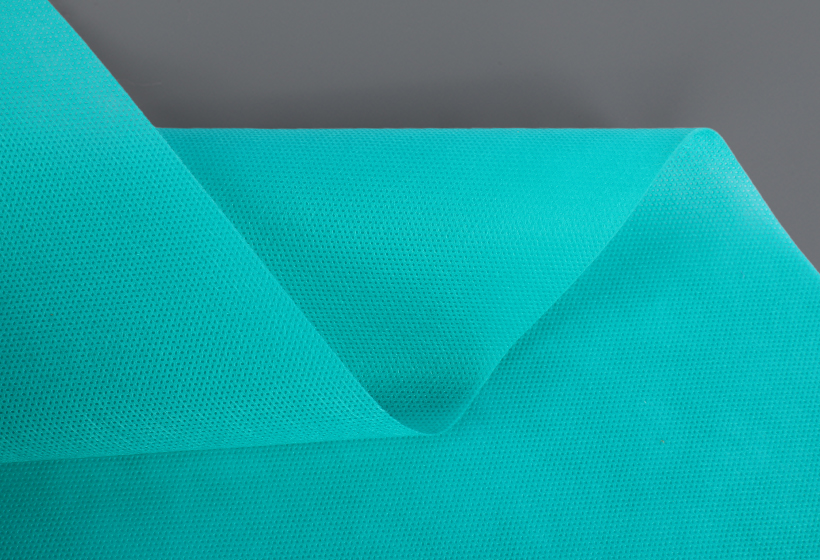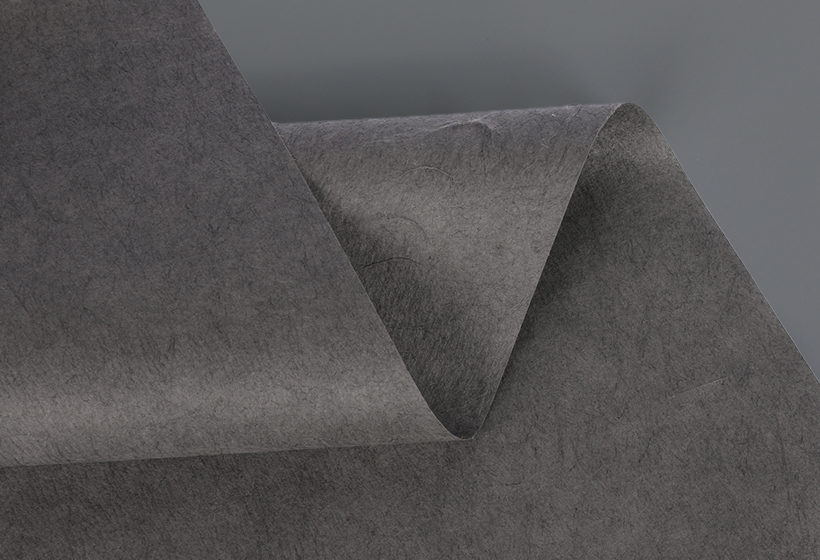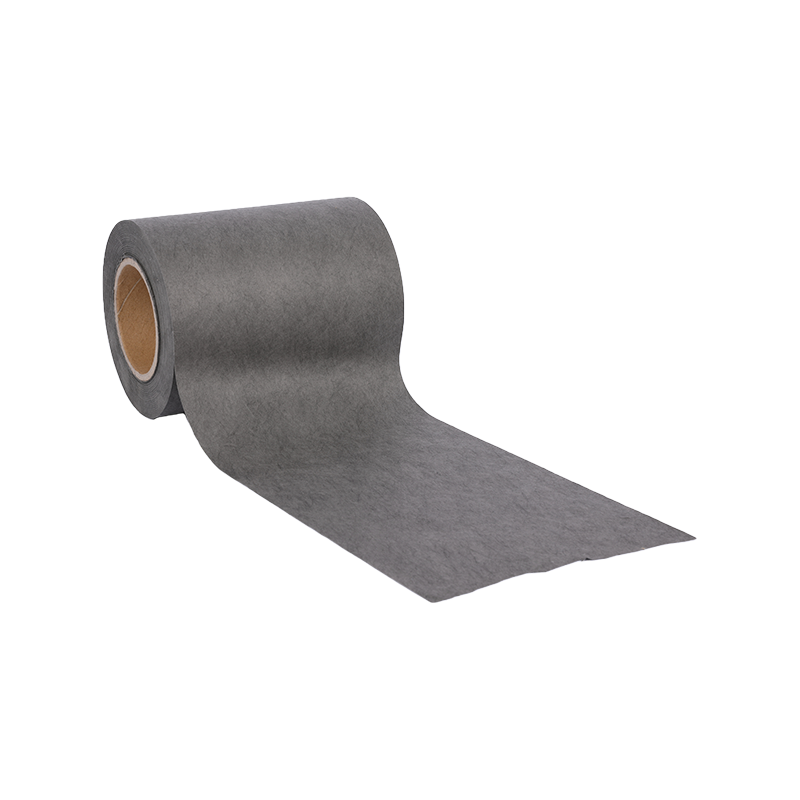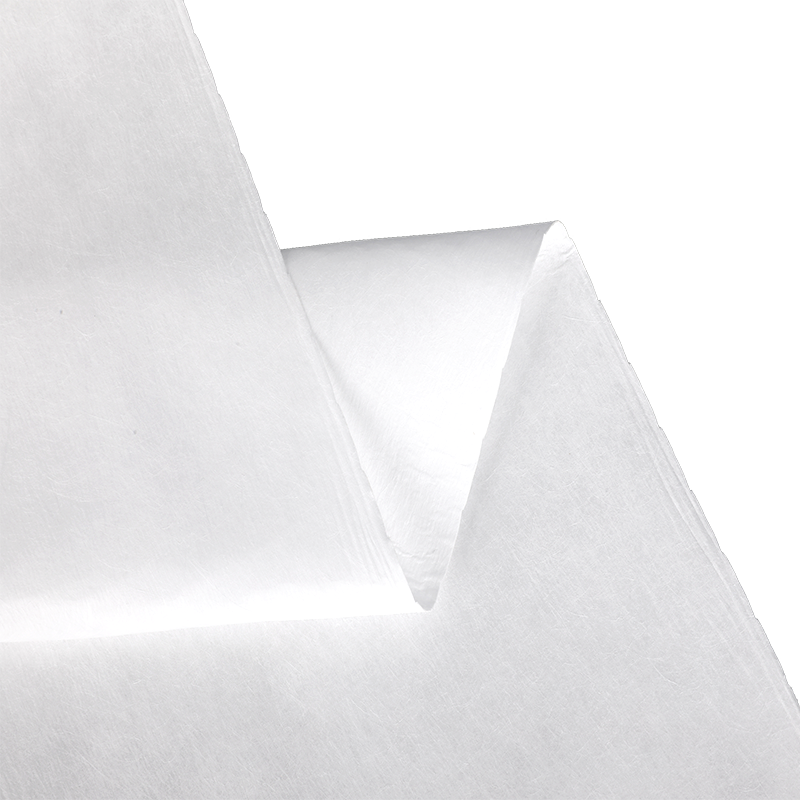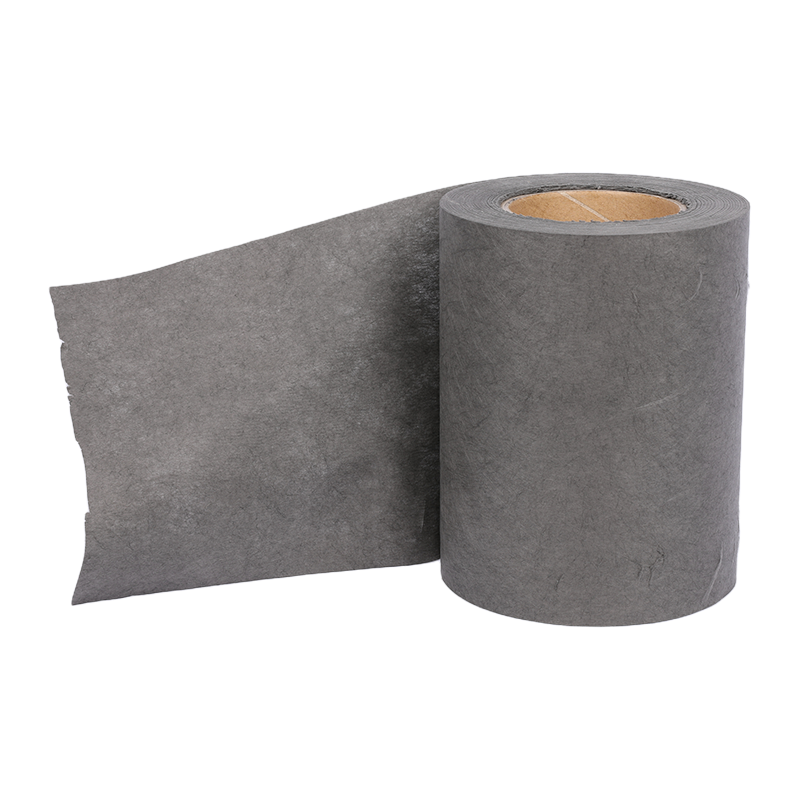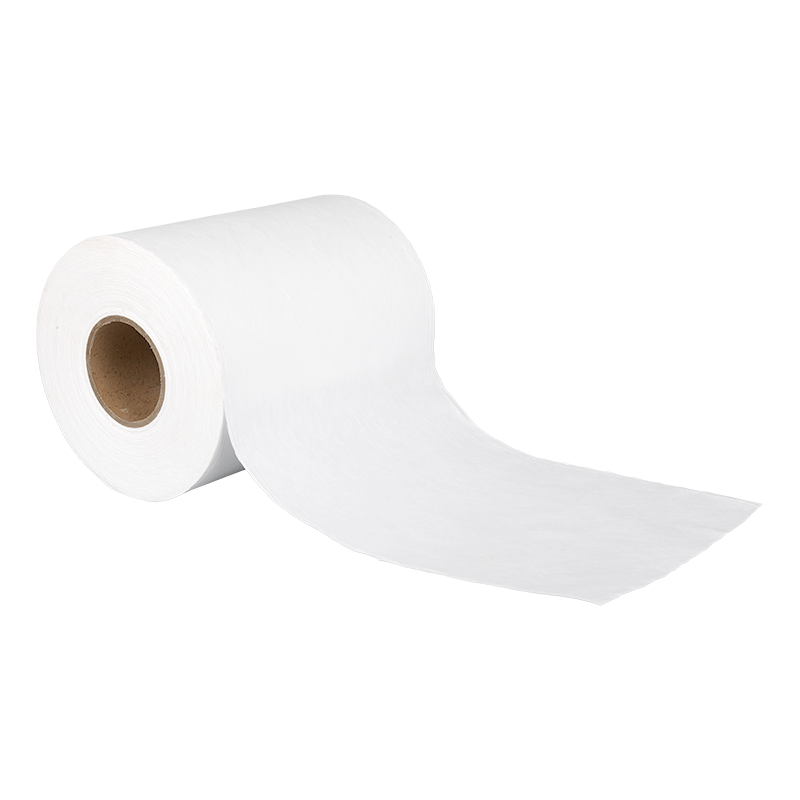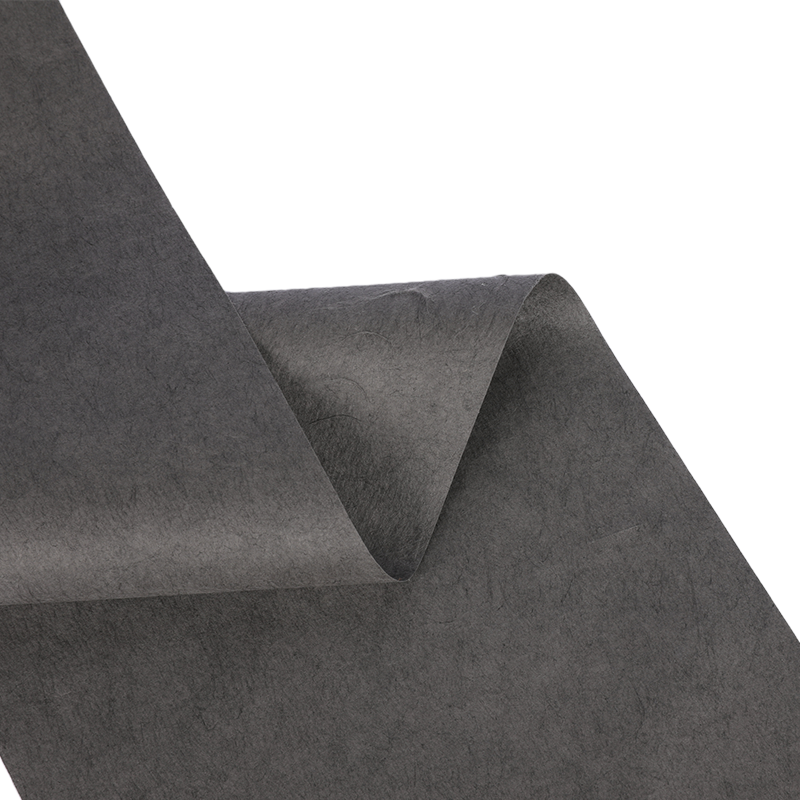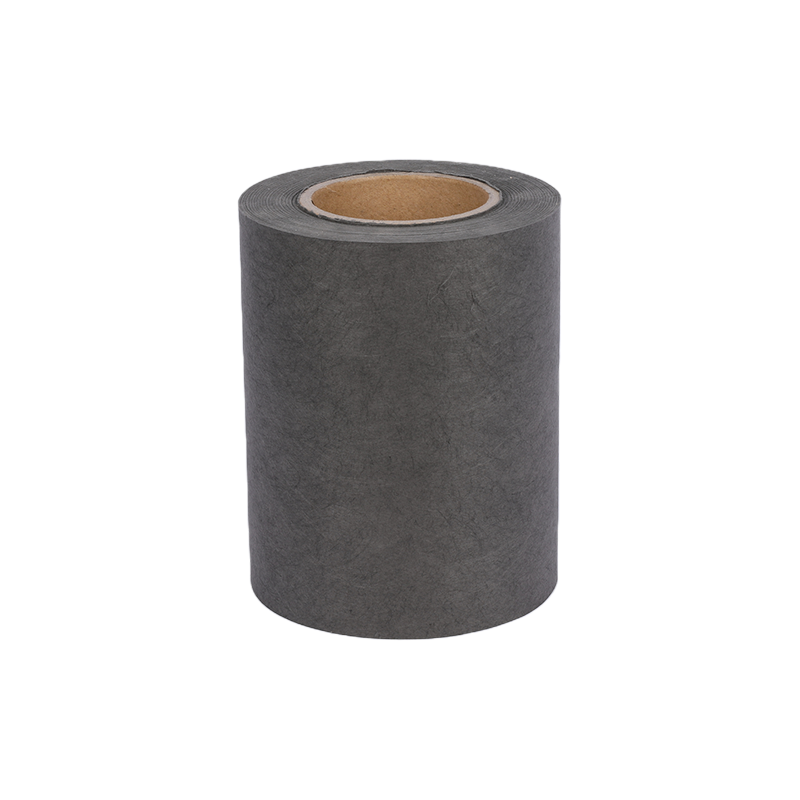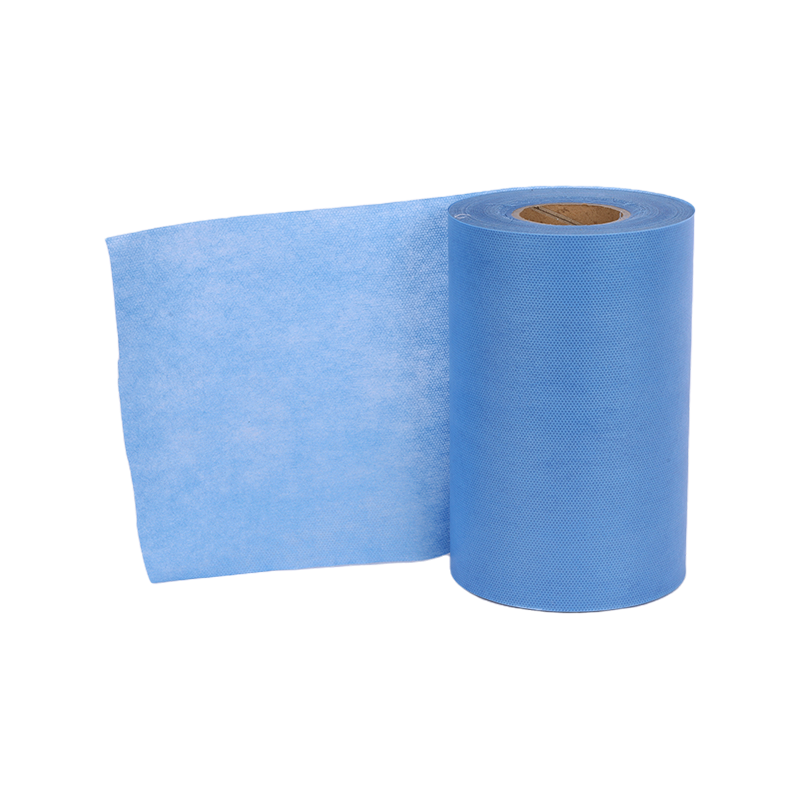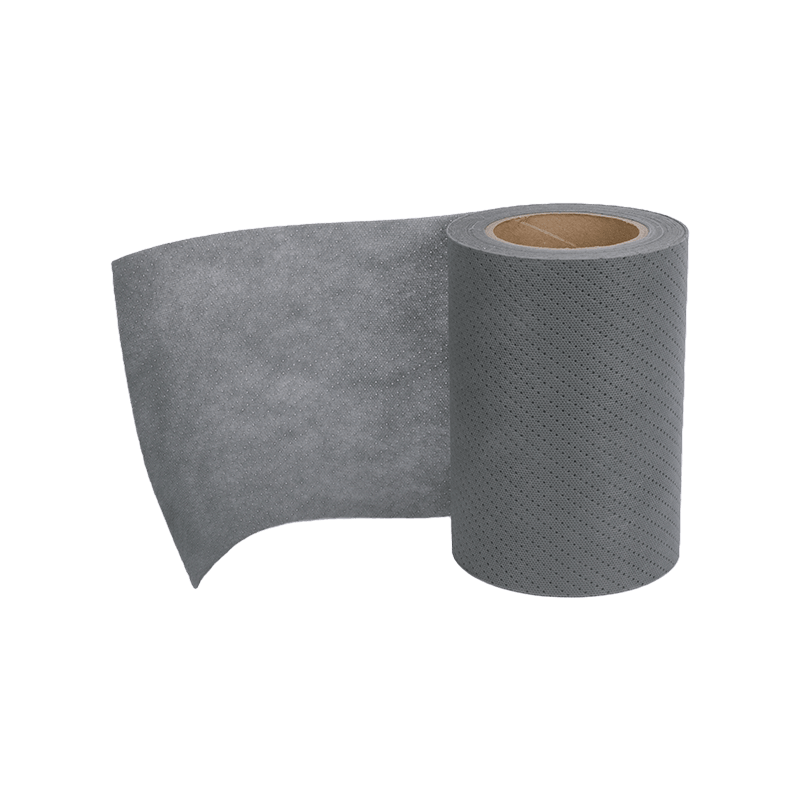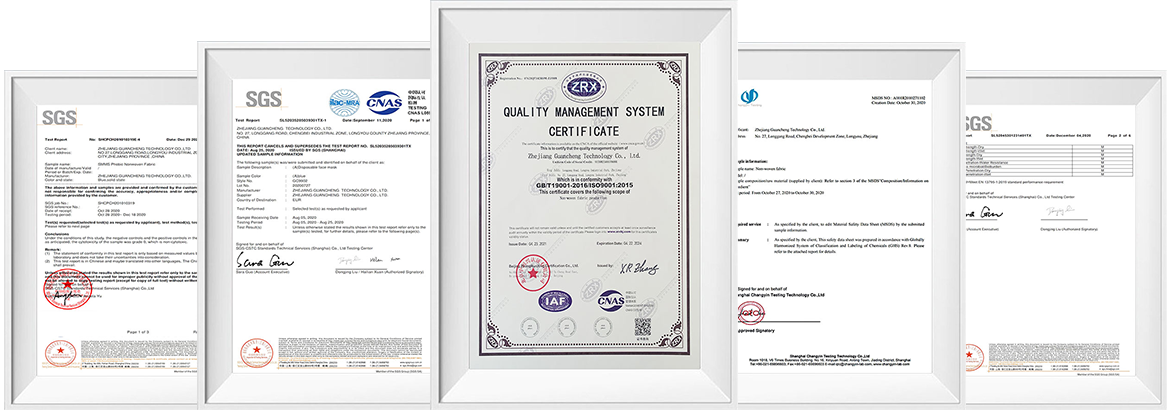Meltblown Non-Woven Fabric Industry Knowledge
How does the fiber diameter of Meltblown Non-Woven Fabrics impact their filtration efficiency and suitability for various applications?
Meltblown Non-Woven Fabrics are widely recognized for their exceptional filtration properties, making them essential in a range of industries. As a manufacturer, supplier, or company specializing in Meltblown Non-Woven Fabrics, it is crucial to understand the relationship between fiber diameter, filtration efficiency, and suitability for different applications. In this article, we will explore how the fiber diameter of Meltblown Non-Woven Fabrics impacts their filtration efficiency and their perse applications.
Fiber Diameter and Filtration Efficiency:
The fiber diameter of Meltblown Non-Woven Fabrics plays a crucial role in determining their filtration efficiency. Meltblown fabrics are known for their fine fibers, typically ranging from a few micrometers to tens of micrometers in diameter. The smaller the fiber diameter, the higher the filtration efficiency due to increased surface area and improved particle capture.
The fine fiber diameter of Meltblown Non-Woven Fabrics enables efficient filtration of particles across a wide range of sizes, including both larger and smaller particles. The random arrangement and tortuous path of the fine fibers create numerous interception, impaction, and diffusion sites for capturing particles, ensuring effective filtration.
Applications of Meltblown Non-Woven Fabrics:
1. Filtration Media:
Meltblown Non-Woven Fabrics are extensively used as filtration media in various industries. Their high filtration efficiency and ability to capture microscopic particles make them indispensable in air filtration systems, including HVAC systems, automotive cabin filters, and respiratory masks. The fine fiber diameter allows for efficient removal of airborne contaminants such as dust, pollen, allergens, bacteria, and even submicron-sized particles.
2. Liquid Filtration:
Meltblown Non-Woven Fabrics are also utilized in liquid filtration applications. They are commonly employed as filter media in water purification systems, industrial process filters, and medical devices. The fine fibers effectively trap suspended solids, impurities, and microorganisms, ensuring the cleanliness and purity of liquids.
3. Personal Protective Equipment (PPE):
Meltblown Non-Woven Fabrics play a critical role in the production of various types of personal protective equipment. They are an essential component in the construction of face masks, providing efficient filtration of airborne particles and contributing to the prevention of respiratory diseases. Meltblown fabrics with smaller fiber diameters offer higher filtration efficiency, enhancing the protective capabilities of masks.
4. Absorbent Products:
The high surface area and porosity of Meltblown Non-Woven Fabrics make them suitable for absorbent applications. They are utilized in products such as wipes, absorbent pads, and medical dressings. The fine fibers enable efficient absorption and retention of liquids, making them effective in applications requiring moisture management and cleanliness.
5. Environmental Protection:
Meltblown Non-Woven Fabrics have gained significance in environmental protection applications. They are used in oil spill cleanup efforts, acting as a selective absorbent material that absorbs oil while repelling water. The fine fiber diameter enables the adsorption of oil droplets, contributing to the containment and remediation of oil spills in water bodies.
It is important to note that the specific application requirements and standards will determine the optimal fiber diameter for Meltblown Non-Woven Fabrics. While finer fibers generally offer higher filtration efficiency, there may be instances where larger fiber diameters are preferred, such as in applications that prioritize breathability while still providing adequate filtration.
How does the quality of Meltblown Non-Woven Fabrics impact their filtration efficiency and performance in critical applications?
Meltblown Non-Woven Fabrics are widely recognized for their exceptional filtration capabilities and find extensive use in critical applications across various industries. As a manufacturer, supplier, or company specializing in Meltblown Non-Woven Fabrics, it is crucial to understand how the quality of these fabrics impacts their filtration efficiency and performance. We will explore the factors that contribute to the quality of Meltblown Non-Woven Fabrics and their implications for filtration efficiency and critical applications.
1. Fiber Diameter:
The fiber diameter of Meltblown Non-Woven Fabrics is a primary factor affecting their filtration efficiency. Finer fibers provide a higher surface area, leading to increased chances of particle capture. Therefore, the quality of Meltblown Non-Woven Fabrics is closely linked to the control and consistency of fiber diameter during the manufacturing process. Precise control over fiber diameter distribution ensures consistent filtration performance and reliable particle capture efficiency.
2. Basis Weight:
Basis weight refers to the weight of fabric per unit area and is another important quality parameter for Meltblown Non-Woven Fabrics. It determines the density of the fabric and influences its filtration efficiency and airflow resistance. Achieving a consistent basis weight across the fabric is crucial to ensure uniform filtration performance and to meet specific application requirements. Quality control measures during the manufacturing process are necessary to maintain a consistent basis weight, avoiding variations that may affect filtration efficiency.
3. Fiber Uniformity:
The uniformity of Meltblown Non-Woven Fabrics' fibers plays a significant role in their filtration efficiency and performance. Uniform fibers ensure a well-structured fabric with a consistent pore size distribution, allowing for effective particle capture. Quality control measures should focus on minimizing variations in fiber diameter and ensuring uniform distribution of fibers across the fabric. Improved fiber uniformity leads to enhanced filtration efficiency and performance, particularly in critical applications where strict filtration requirements are necessary.
4. Filtration Efficiency:
The quality of Meltblown Non-Woven Fabrics directly affects their filtration efficiency, which is the ability to capture and retain particles of specific sizes. High-quality fabrics with fine and uniform fibers provide efficient filtration, removing particles and contaminants from air or liquid streams. Accurate control of manufacturing parameters such as melt temperature, air velocity, and collector design is essential to achieve the desired filtration efficiency. Testing and certification based on recognized standards are crucial to validate the filtration performance of Meltblown Non-Woven Fabrics for critical applications.
5. Application-specific Standards:
Different applications have specific standards and requirements for Meltblown Non-Woven Fabrics' quality. Critical applications such as medical face masks, respirators, and cleanroom environments demand fabrics with exceptional quality and performance. Adhering to industry standards and certifications relevant to specific applications ensures that the Meltblown Non-Woven Fabrics meet the necessary criteria for filtration efficiency, particle capture, breathability, and microbial barrier properties. Aligning the manufacturing processes with these standards helps maintain consistent quality and enhances customer trust in the fabric's performance.
In conclusion, the quality of Meltblown Non-Woven Fabrics directly impacts their filtration efficiency and performance in critical applications. Factors such as fiber diameter, basis weight, fiber uniformity, and adherence to application-specific standards significantly contribute to fabric quality. Ensuring precise control over these parameters through stringent quality control measures and testing procedures is crucial for manufacturers and suppliers to provide high-quality Meltblown Non-Woven Fabrics that meet the demanding requirements of critical filtration applications.

 English
English Español
Español
 Innovation Team
Innovation Team Patented Technology
Patented Technology Quality Assurance
Quality Assurance Efficient Response
Efficient Response
